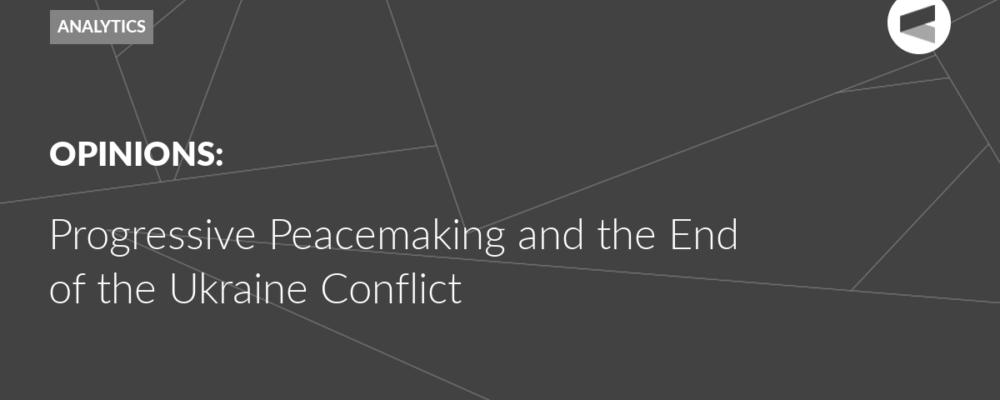These two characteristics are seen in the radical forces currently active in Aleppo, Aleppo. That is, on the one hand, they consist of various nationalities including from Central Asia and Afghanistan, their slogans are cross-border and emphasise the expansion of operations in other countries, including Iran. On the other, the advanced equipment used in this rebellion, for example drones, also indicates foreign financing, training and support.
Therefore, we cannot be indifferent to their activities. The threats of this terrorism are multi-layered and can pose challenges in the medium or long term for various countries, from Syria, Iraq and Iran to Russia and Europe.
Meanwhile, the presence of numerous terrorists from Central Asia and Afghanistan in the rebellion is alarming for Iran and Russia. The perpetrators of terrorist acts in recent years in Iran (Kerman, Shiraz and in Russia (Moscow) were from these regions, and it is not a far stretch to say that if they gain power in Syria, we will witness more recruitment for borderless terrorism from Central Asia and Afghanistan, and also their goals and geography of operations will expand to Iran and Russia.
With this in mind, although Hayat Tahrir al-Sham is apparently different from ISIS and presents a more legitimate image, and although not all opposition forces in Syria are terrorists, there are certainly radical forces, remnants of ISIS and borderless terrorists among rebels, who will take advantage of power vacuums and instability to expand their activities. It is foreseeable that if they achieve more successes, the radical and terrorist spectrum will take the initiative from the more moderate opposition and expand their cross-border activities. In the meantime, there is also the possibility of a partial revival of ISIS, which is a serious risk.
Given this, the dimensions and consequences of borderless terrorism are not tactical, and attention should be paid to its strategic and long-term aspects. In particular, countries that may be the target of this terrorism should take this issue more seriously.
Iran may focus on Israel, Russia may focus on Ukraine, Turkey may pursue its own specific regional goals, Europe may not be willing to engage in further conflict in the Middle East, the threats to China may not be very tangible, and so on. Therefore, in the current situation, if the current radicals in Syria continue to advance, the possibility of the birth of another ISIS is not far-fetched. The damage of this issue will directly or indirectly affect all these countries in the short or long term.
In the meantime, the possibility that Iran and Russia will become the target of borderless terrorism is more than others for three reasons. First, the existence of suitable platforms for accepting extremism in their peripheral regions, including Afghanistan and Central Asia, Second, the possibility that enemies of Tehran and Moscow will use borderless terrorism to advance their goals regarding the two countries, Thirdly, Iran and Russia have been active in suppressing terrorism in Syria, and it is highly likely that the terrorists are thinking of revenge against these two countries. At the same time, as the example of ISIS shows, countries that are currently seeking to use this terrorism as a tool, can also be its victims in later stages.
From this perspective, a joint effort by Iran and Russia to create an active deterrence against borderless terrorism, rooted in Syria, seems essential. The positive experience of the two countries’ collaboration against ISIS in Syria is a good model for further counterterrorism. It is clear that Iran and Russia’s individual capabilities are not sufficient to effectively deter the threat. Therefore, in the next stage and given the extent of the threat, the response to it must be multi-layered, multi-level and collective. So, efforts to create a multilateral and regional-international format for collective preventive action are essential.
The Valdai Discussion Club was established in 2004. It is named after Lake Valdai, which is located close to Veliky Novgorod, where the Club’s first meeting took place.
Please visit the firm link to site






